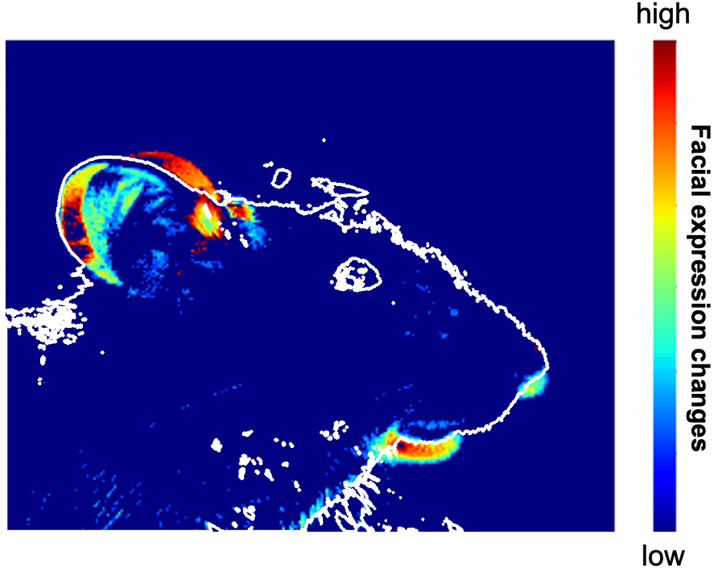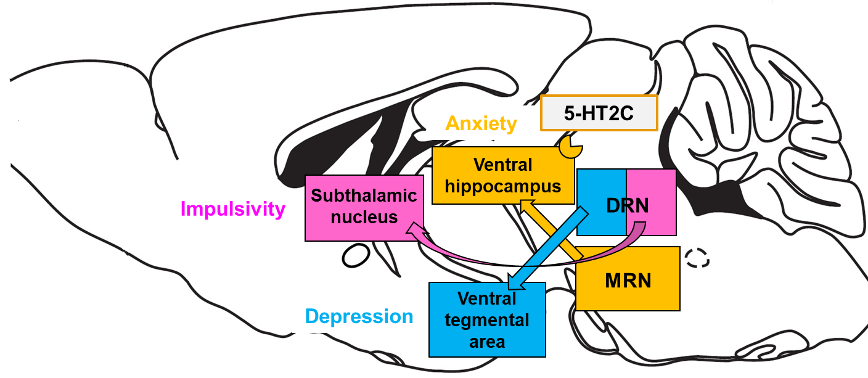Yu Ohmura
Email Address: yuohmura@cibr.ac.cn 
Short movie for research overview:
https://t.bilibili.com/884188007952810007?share_source=pc_native (Chinese citizens)

https://youtu.be/L_kC-LRPP3c (for others)

RESEARCH OVERVIEW
What kind of brain mechanisms give rise to and control our emotions? This is the question of my research. Answering this question will lead to a deeper understanding of the nature of human beings, as well as provide clues to the treatment of mental illness and suggestions for designing a better society so that more people feel happy and fewer people feel unhappy.
Due to ethical issues, we are not and should not be allowed to study the living brain in detail in humans. Therefore, we are conducting research using rodents, which are thought to possess basic emotions and are mammals like us. However, it is challenging to assess emotional states in animals because they cannot speak, at least not like humans. This is one of the biggest problems in animal experiments. To solve this problem, we have employed facial expression analysis in mice (Figure 1; Kawai et al., 2022) in addition to traditional behavioral tests. Facial changes in mice are very tiny compared to humans, but the recent camera and machine-learning developments enable us to detect them, as demonstrated by other research groups (Dolensek et al., 2020).

Figure 1. Facial expression analysis in mice.
Numerous neurotransmitters are thought to be involved in emotion, and I have focused my research on serotonin (5-HT) in particular. There are two reasons for this. First, because several drugs that act on the serotonergic nervous system are already used to treat psychiatric disorders and because some illegal drugs that affect the mind act on the serotonergic nervous system, I thought that serotonin in the brain is likely to play a significant role in controlling emotion. Another reason is that the therapeutic effects of psychiatric drugs that act on the serotonergic nervous system are inadequate, and their side effects are also problematic. In other words, by clarifying the mechanism of emotion regulation by the serotonergic nervous system, we could find a way to improve therapeutic efficacy and avoid side effects. By using optogenetic tools, we have delineated some serotonergic pathways regulating each emotion (Figure 2; Ohmura et al., 2014, 2020) and suggested a potential therapeutic target.

Figure 2. Serotonergic pathways regulating emotion-related behaviors in mice. DRN: dorsal raphe nucleus, MRN: median raphe nucleus. The DRN and MRN are the main origins of serotonin neurons projecting to the forebrain.
However, recent studies have shown that serotonin neurons release glutamate as well, indicating that selective activation of serotonin neurons with optogenetic tools cannot control serotonin release exclusively. That is, we have still failed to test classic serotonin hypotheses, such as the serotonin hypothesis of depression and the serotonin hypothesis of impulsivity. To overcome this limitation, we are attempting to test these hypotheses using in vivo gene editing technologies (CRISPR/Cas9) and knocking out the gene of the enzyme regulating serotonin production. In doing so, we aim to settle a debate that has lasted more than half a century.
In summary, my ongoing projects are four-fold:
1. Elucidating serotonergic systems regulating positive/negative emotional states and facial expressions in mice
2. Developing deep learning model to judge facial expressions in mice
3. Testing serotonin hypothesis of depression using in vivo gene editing
4. Testing serotonin hypothesis of impulse control using in vivo gene editing
I attempt to achieve these goals by collaborating with Dr. Yamanaka and managing a laboratory together with him. He is a distinguished researcher with a number of impressive accomplishments in sleep-wake research. Please note that sleep disturbance is often observed in many psychiatric disorders, and serotonergic systems are involved in sleep/awake systems. That is, elucidating neural mechanisms underlying the sleep/wake cycle is closely related to my research goals. I am convinced that our collaboration will create synergy and produce excellent research.
Although I cannot tell you everything here, I can introduce more details to you if you are interested in them. Please do not hesitate to contact me. Science always moves on by discussing with others. I eagerly await ambitious and highly motivated students, postdocs, and collaborators to work with me on these studies.
SELECTED PUBLICATIONS (* indicates corresponding authors)
Kawai H, Bouchekioua Y, Nishitani N, Niitani K, Izumi S, Morishita H, Andoh C, Nagai Y, Koda M, Hagiwara M, Toda K, Shirakawa H, Nagayasu K*, Ohmura Y*, Kondo M, Kaneda K, Yoshioka M, Kaneko S*. Median raphe serotonergic neurons projecting to the interpeduncular nucleus control preference and aversion. Nature Communications, 13:7708, 2022.
See below for a summary:
https://www.global.hokudai.ac.jp/blog/good-and-bad-feelings-for-brain-stem-serotonin/

Ohmura Y*, Iwami K, Chowdhury S, Sasamori H, Sugiura C, Bouchekioua Y, Nishitani N, Yamanaka A, Yoshioka M. Disruption of model-based decision making by silencing of serotonin neurons in the dorsal raphe nucleus. Current Biology, 31, 1–9, 2021.
Ohmura Y*, Tsutsui-Kimura I, Sasamori H, Nebuka M, Nishitani N, Tanaka KF, Yamanaka A, Yoshioka M. Different roles of distinct serotonergic pathways in anxiety-like behavior, antidepressant-like, and anti-impulsive effects. Neuropharmacology, 167:107703, 2020.
See below for a representative movie demonstrating the antidepressant-like effects of optogenetic activation of the dorsal raphe nucleus:
https://t.bilibili.com/884186796798246945?share_source=pc_native (for Chinese citizens)

https://youtu.be/veLwUmk3GOE (for others)

Ohmura Y*, Tanaka F K, Tsunematsu T, Yamanaka A*, Yoshioka M: Optogenetic activation of serotonergic neurons enhances anxiety-like behavior in mice. International Journal of Neuropsychopharmacology 17:1777-1783, 2014.
See below for a representative movie demonstrating the anxiogenic effects of optogenetic activation of the median raphe nucleus:
https://t.bilibili.com/884186608047226888?share_source=pc_native (for Chinese citizens)

https://youtu.be/RGO4ZKk8B_U (for others)



